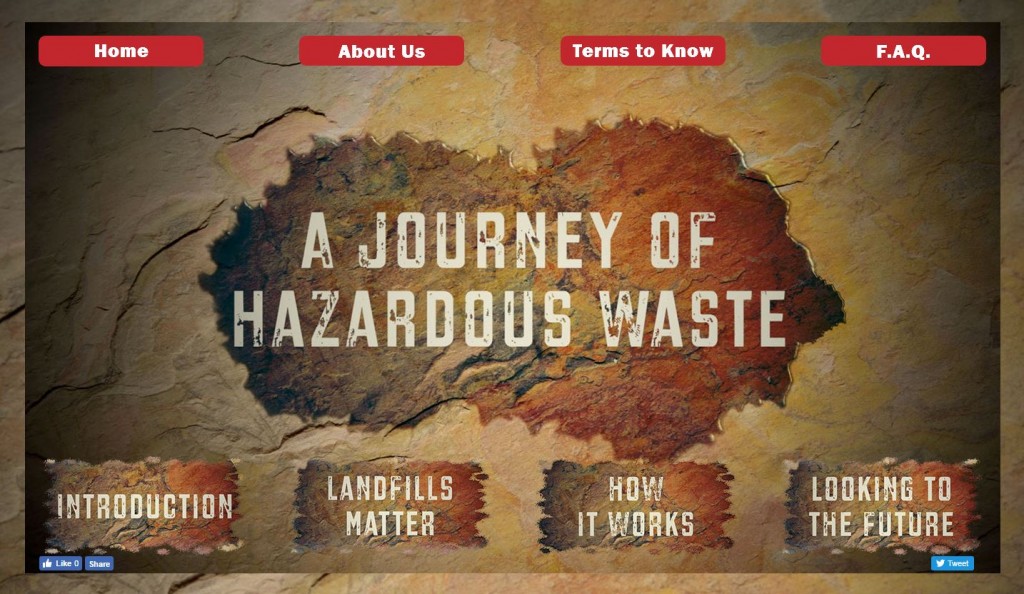Where are Contaminated Sites?
Washington State’s industrial and agricultural history has left residents today with thousands of contaminated sites. The Department of Ecology, under the Model Toxics Control Act, has managed the cleanup of many sites. Other sites are in progress and awaiting cleanup. To explore sites in your local area, as listed in 2015, click on this citizen query map created by students in the SMOCS class of 2015.
 Where does the Contamination go after Cleanup?
Where does the Contamination go after Cleanup?
Ever wonder what happens to all that toxic waste once it’s been removed from cleanup sites? Daniel Cheney, Samantha Guthrie, and Sara Vliet in the SMOCS class of 2015 teamed up to uncover the answer.
They interviewed the scientists and managers charged with landfilling hazardous waste, they visited the specialized sites, and even asked the public their opinion on this last step in the cleanup process. In the process, they learned that most cleanup projects do just move toxic waste somewhere else, but that landfills might just be the safest and best option. Check out their Journey of Hazardous Waste, a site full of videos, graphics, and information.
How Clean is Clean Enough?
When contaminated sites are cleaned up, how clean they become is based upon state and federal standards for the maximum level of toxicants that can be allowed in soil, sediment and water. These standards have implications for residents who may be exposed to the remaining toxicants through the water they drink, food they eat, or soil they contact. However, choosing an appropriate standard is a challenging balance between technological know-how, cost of cleanup, and potential impacts of any toxicants that remain. In 2014, Washington state was deep in debate about how to balance these concerns as they updated water quality standards and safe fish consumption rates.
Balancing Scales from SMoCS on Vimeo. SMOCS class 2014.

